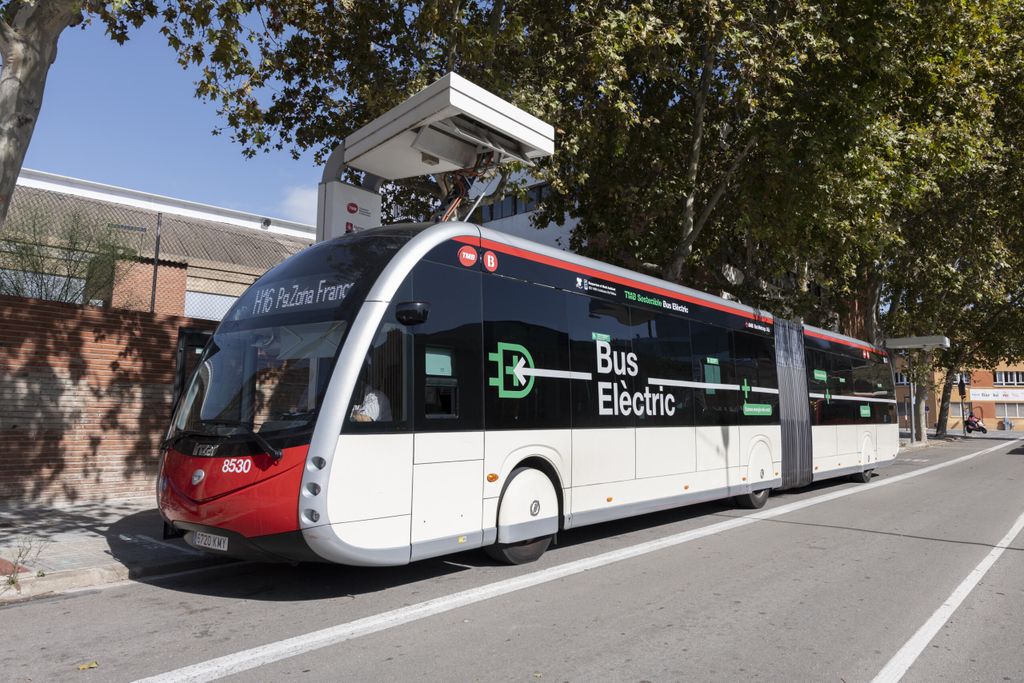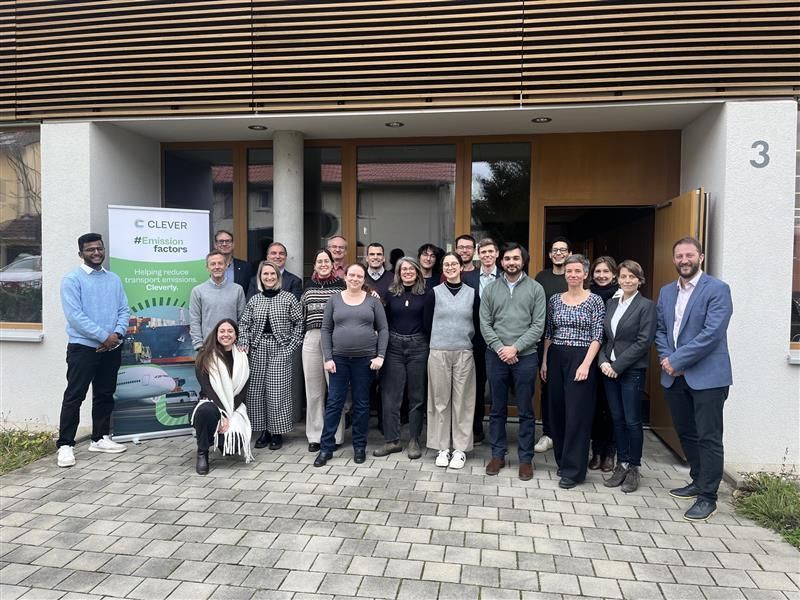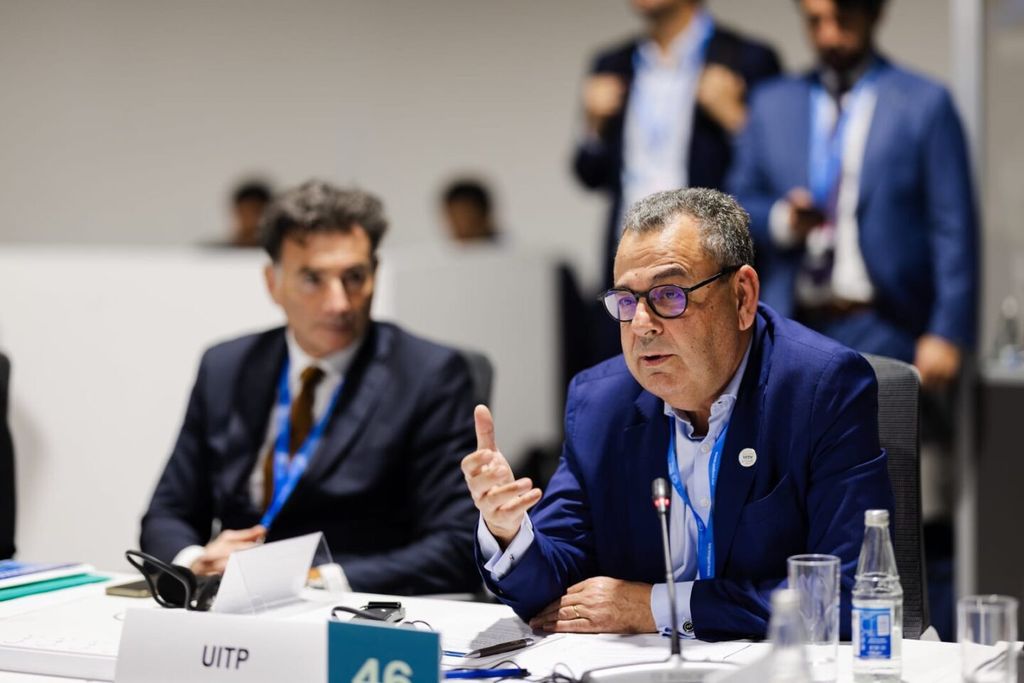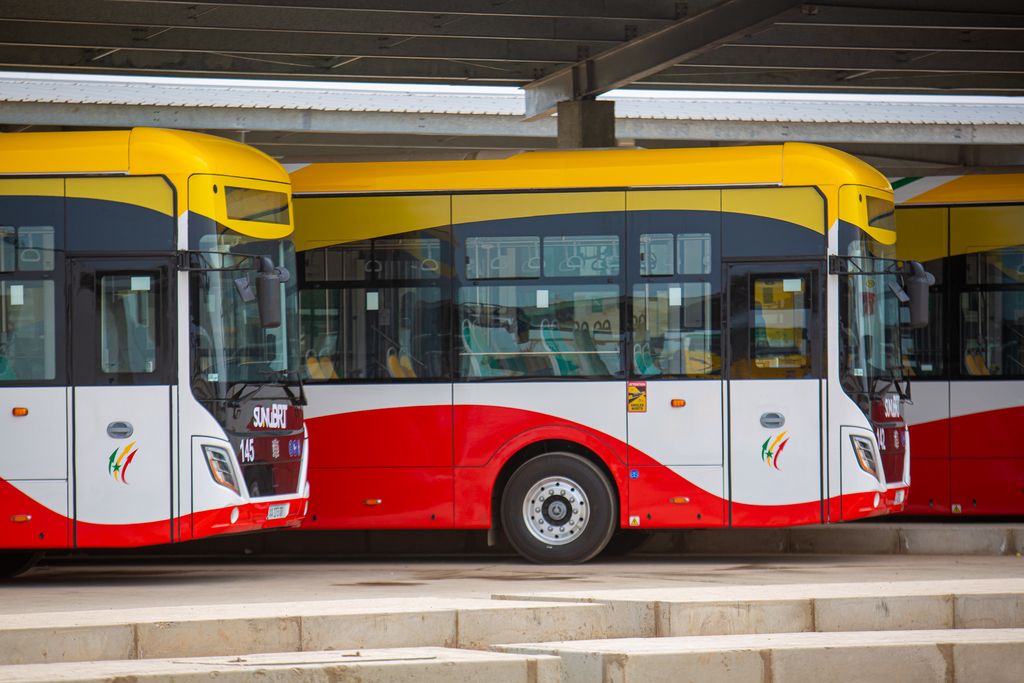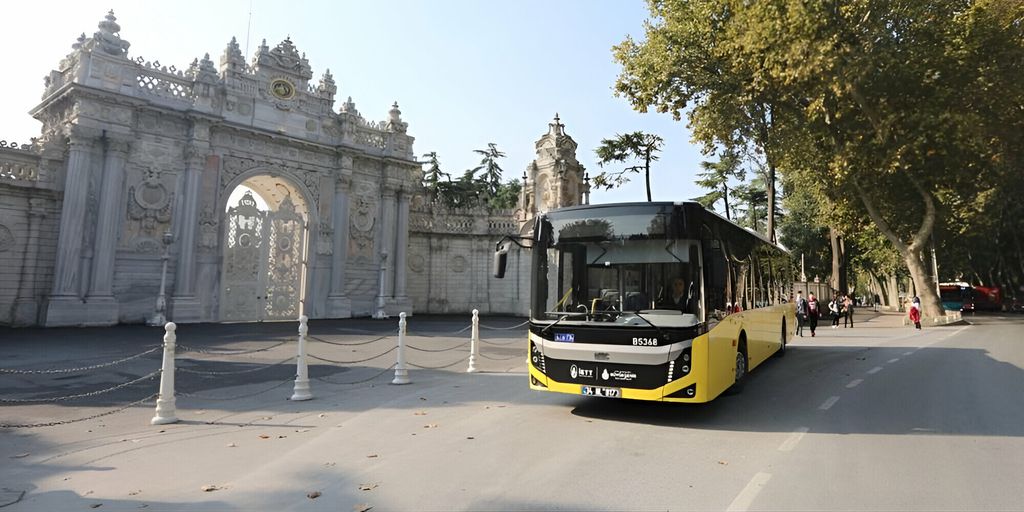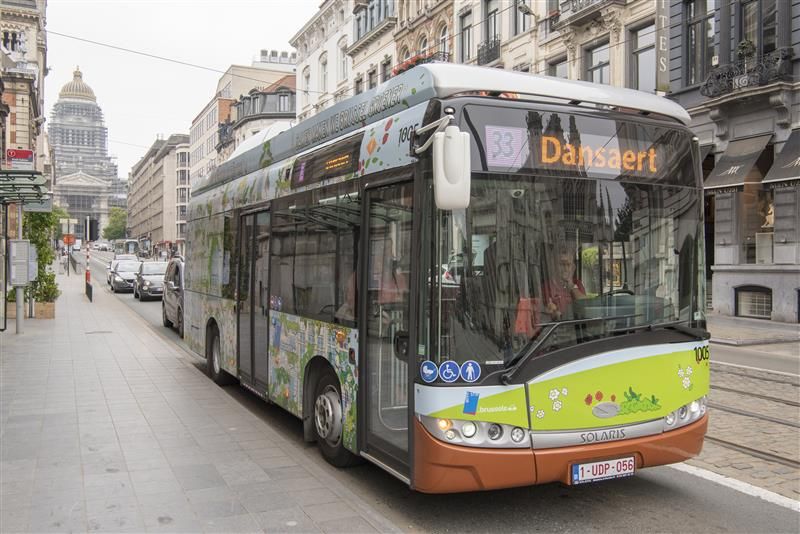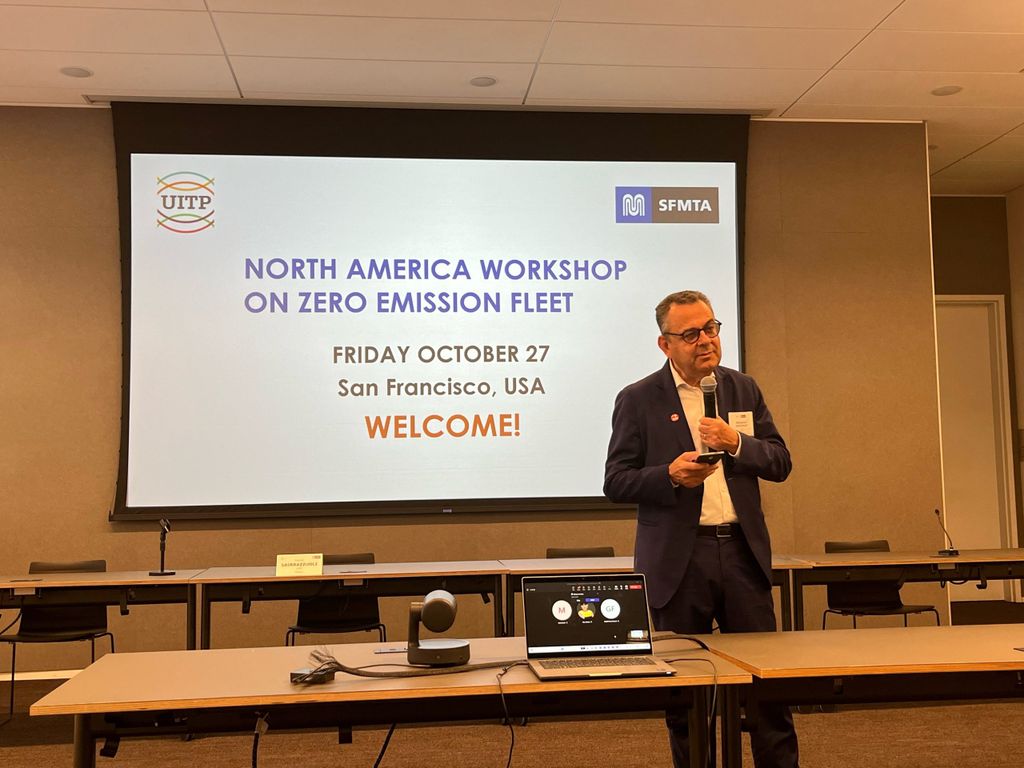
Achieving zero emission bus fleets across North America
More than a headline
San Francisco is unique. The city’s transit and roads are managed by the same agency. That makes it one of the leading cities in North America when it comes to a multimodal network. With that said, there is no better place to discuss sustainable urban mobility – namely how to bring about zero emission bus fleets.
Hosted by SFMTA in the heart of the city, UITP’s North American members came together to discuss bus decarbonisation. At the event, UITP Secretary General Mohamed Mezghani gave a keynote speech to kick off the day’s talks on one of public transport’s most important transformations.
This transition comes at a difficult time for public transport, as the sector still has not yet recovered totally from the impacts of the pandemic. While ridership in Europe and Asia is close to or above 100% pre-pandemic levels, in the Americas it is around 70-80%.
“PT has to face important challenges, from the climate emergency, inflation, the financial crisis, job market pressures, and energy disruptions owing to the war in Ukraine. There’s an urgent need to act. On this, we have identified 5 main priorities in UITP”.
The climate crisis is not new, but it is becoming critical
When it comes to reducing emissions, San Francisco is a prime example. Given that the city is on the coast, the city is lucky to have access to hydro energy, which powers their buses, trolleybuses, and rail. As a result, 80% of San Francisco’s fleet uses clean energy.
These modes of mass transit are more attractive to use, and thus induce a modal shift, because of the BRT network that avoids buses getting stuck in traffic.
A necessary transition
Digitalisation is necessary to make operations more efficient and reliable. As a bonus, it can make maintenance easier and more proactive. From a passenger’s viewpoint, enhances the relationship with customers, providing them with valuable services like real-time updates. This makes public transport more accessible and easier to use.
However, the digital shift brings the new challenge of cybersecurity – something that is new to many public transport operators.
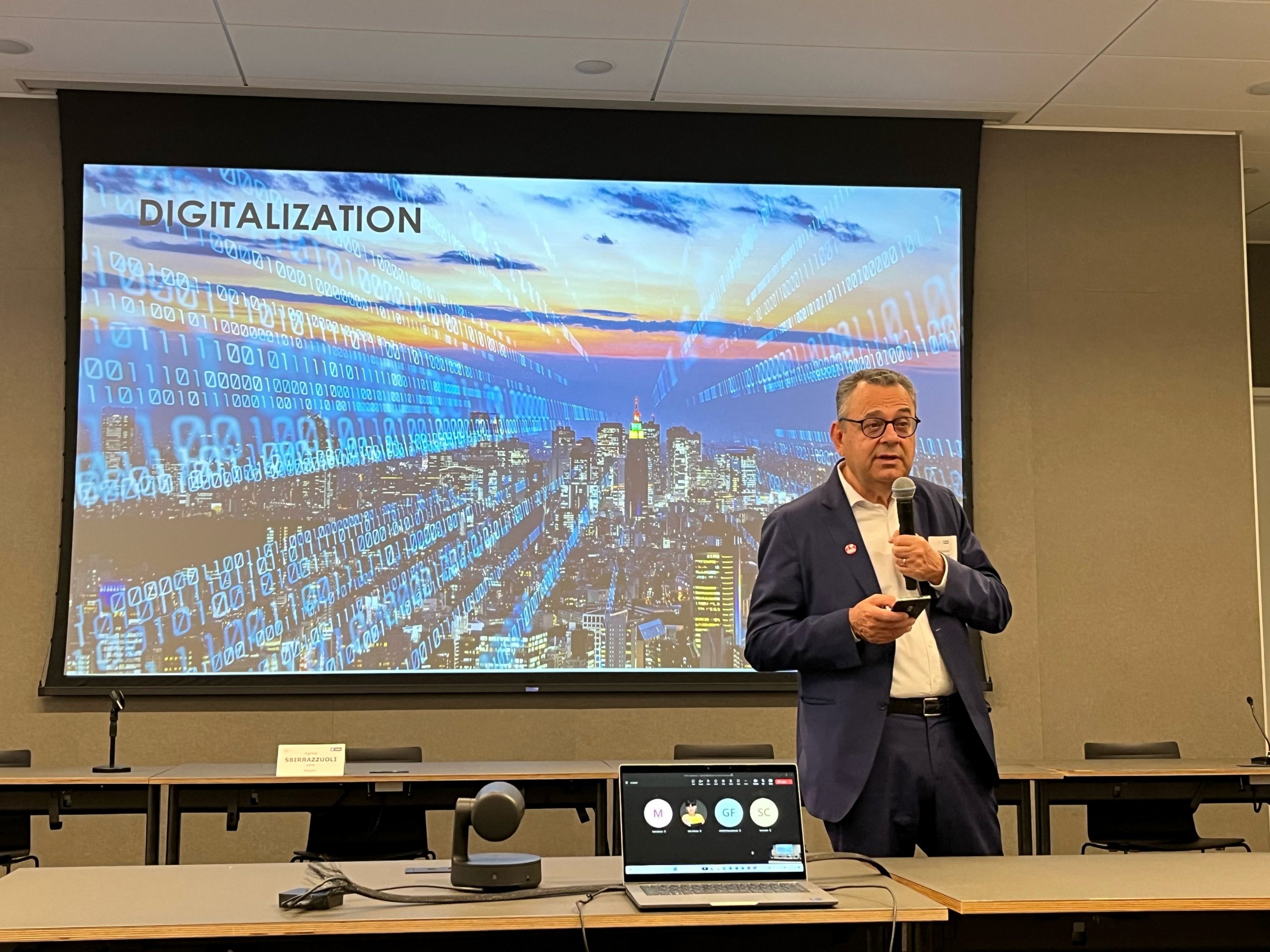
A global trend
Public transport is in the midst of a workforce shortage. This is something the sector can fix, as operators can lean on strong employer branding and be a great source of local jobs.
To achieve this, the sector must focus on workforce diversity, especially when it comes to women. For instance in Europe, while 66% of PT users are women, they make up only 25% of workforce.
Growing costs highlight need for new model
Funding pressures come from two sides – while CAPEX and OPEX is increasing, there is also political pressure to lower fares and even make PT free. This is the wrong approach, In fact, what cities and towns need is not cheaper PT, but more and better PT. To overcome these challenges, there has been a push for alternative funding options, like congestion charging.
Combined mobility is key
Today, passengers can access a multitude of mobility options. To build a cohesive network out of it, it’s important to integrate them. That means redefining PT beyond mass transit. The network should be looked at in terms of door-to-door and station-to-station journeys, in order to make mobility more accessible.
To help the sector achieve this, UITP is inviting key players in shared mobility to take part in a new Shared Mobility Division.
Check out the new Shared Mobility Division
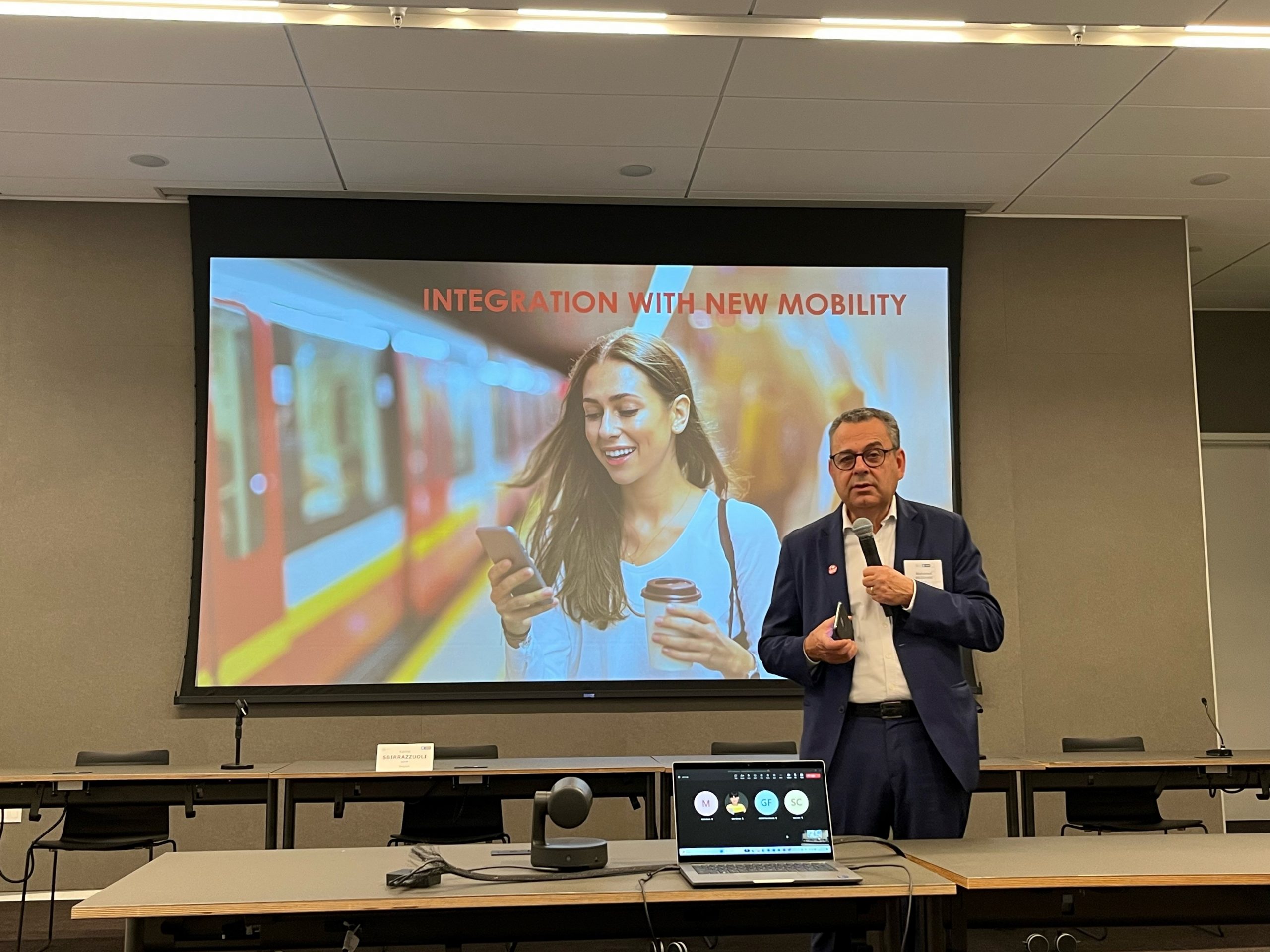
A collaborative effort
North America is the fastest-growing region in UITP.
Though it’s important to develop knowledge and advocacy activities that consider the local context, the challenges that PT faces are global ones. And this demonstrates the importance of sharing andlearning from knowledge across the world. We are happy and proud to make this possible with our 1900 members worldwide.
Our cities need more PT because citizens deserve a better quality of life. And this is our ultimate objective: to enhance the wellbeing of people.
Membership benefits


